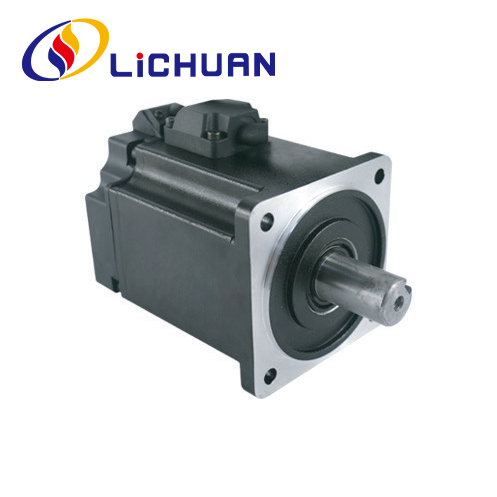Working Principles of a DC Servo Motor
2025-02-20
A DC servo motor is a specialized motor designed for precise control of position, speed, and torque in various industrial and robotic applications. Unlike standard DC motors, which run continuously when powered, a servo motor operates based on a control signal that determines its movement.
Basic Components of a DC Servo Motor
A DC servo motor system consists of several key components:
- DC Motor: The main rotating component that produces motion.
- Controller: Sends command signals to the motor to control its movement.
- Feedback Mechanism (Encoder or Potentiometer): Monitors the motor’s position and speed and sends real-time data back to the controller.
- Drive (Amplifier): Adjusts the power supplied to the motor based on the control signal.

How a DC Servo Motor Works
The working principle of a DC servo motor is based on a closed-loop control system, where feedback constantly adjusts the motor’s performance to match the desired output. Here’s how it works step by step:
1. Signal Input: The controller receives an input signal, usually a pulse-width modulation (PWM) signal, which specifies the required position, speed, or torque.
2. Motor Activation: Based on the input signal, the drive provides the necessary voltage and current to the motor to start its rotation.
3. Feedback Monitoring: As the motor moves, the feedback device (such as an encoder) continuously monitors the actual position and speed.
4. Error Correction: The feedback system compares the actual position with the desired position. If there is any deviation (error), the controller adjusts the voltage or current supplied to correct the movement.
5. Precise Control: This process continues in real-time, allowing the motor to achieve and maintain the required motion with high accuracy.
Advantages of DC Servo Motors
- Precise Positioning: Due to real-time feedback, they offer excellent accuracy in motion control.
- Smooth Operation: Less vibration and noise compared to other types of motors.
- High Efficiency: Optimized energy consumption for controlled movements.
- Quick Response: Capable of rapid acceleration and deceleration.
Applications of DC Servo Motors
DC servo motors are widely used in:
- Robotics: Enabling precise arm and joint movements.
- CNC Machines: Controlling cutting tools with high accuracy.
- Automated Manufacturing: Used in conveyor belts and assembly lines.
- Aerospace and Defense: Steering systems in drones and aircraft.
- Medical Equipment: Operating surgical and diagnostic devices.
The ability to provide precise control makes DC servo motors an essential component in modern automation and industrial systems.


